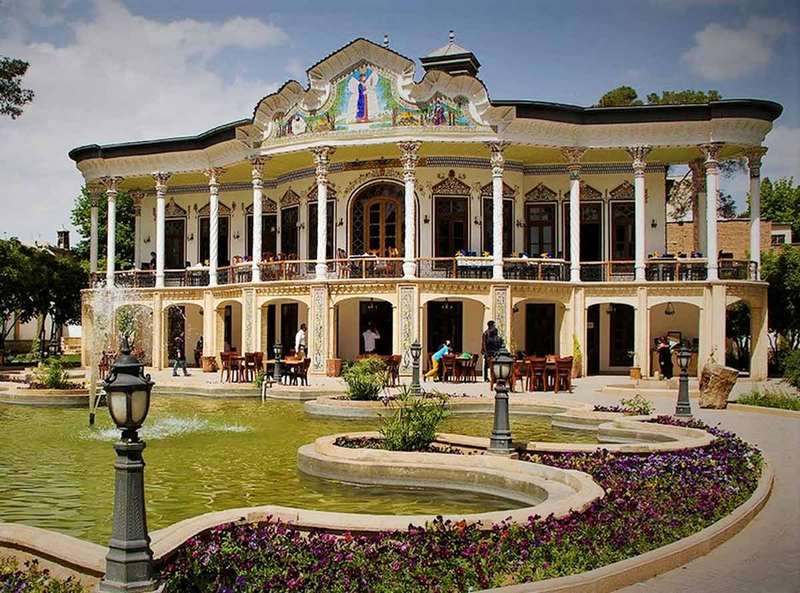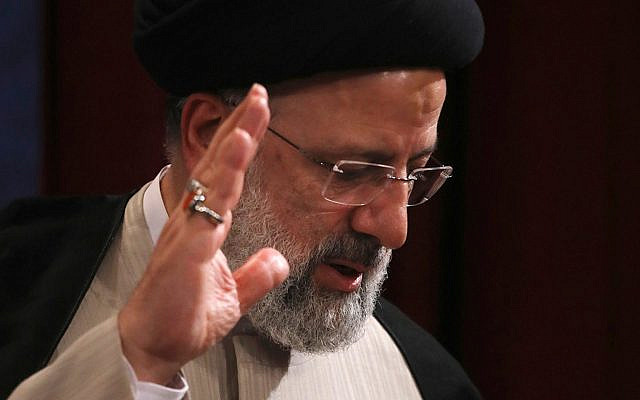Iran Guard chief warns US and allies not to ‘cross red lines’
Published on: 2019-11-25
Iran will destroy the United States and its allies if they cross Tehran’s red lines, the head of the country’s elite Revolutionary Guard Corps (IRGC) said in an address to a pro-government rally denouncing last week’s violent protests over the rise in fuel prices.
Addressing thousands of demonstrators in the capital on Monday, General Hossein Salami accused the US, the United Kingdom, Israel and Saudi Arabia of stoking the unrest, in which dozens were killed by Iran’s security forces.
“We have shown restraint … we have shown patience towards the hostile moves of America, the Zionist regime [Israel] and Saudi Arabia against the Islamic Republic of Iran … but we will destroy them if they cross our red lines,” he said.
The demonstrators, waving the Iranian flag and banners that read “Death to America” and “Death to Israel”, descended on Enqelab (Revolution) Square. Some in the crowd set fire to American flags.
Long-fraught relations between Tehran and Washington plunged to a new low in May last year when the US unilaterally withdrew from an international deal that gave Iran relief from sanctions in return for curbs on its nuclear programme.
In advance of the rally on Monday, Iran’s foreign ministry condemned the “interference of foreign countries” in the street violence.
“We recommend they watch the rallies taking place these days in our country so they realise who the real people are in our country,” spokesman Abbas Mousavi said.
Deadly fuel protests
Amnesty International said on Monday at least 146 demonstrators were killed across Iran since its leaders ordered security forces to stamp out the protests.
Iranian authorities have previously denied an Amnesty death toll, calling the rights group “biased” and saying only they could provide accurate figures.
“According to credible reports… those killed include at least 143 people,” said the London-based group. “The deaths have resulted almost entirely from the use of firearms.”
Amnesty said last week security forces had fired into crowds of protesters from rooftops and, in one case, from a helicopter.
Social media footage showed dozens of police on motorbikes driving into crowds and attacking protesters with clubs. Other videos showed police firing at people with live ammunition.
Thousands of young and working-class Iranians took to the streets on November 15 after fuel prices were raised by at least 50 percent, voicing outrage at a further squeeze on their living costs already compounded by the renewed US sanctions.
Protesters quickly expanded their demands to include a removal of leaders seen as unaccountable and corrupt.
Violence erupted with at least 100 banks and dozens of buildings torched, the worst disturbances in Iran since unrest over alleged election fraud was crushed in 2009.
‘Executions’
The Iranian authorities have warned the “rioters” of severe punishment if the unrest continued. Some politicians have called for the “execution” of the “ringleaders of the riots”.
They said late last week that disturbances had ceased, although unverified videos posted on social media after restrictions on internet access were partially lifted suggested sporadic protests continued in parts of the country.
Anxious to curb support for the unrest, authorities blocked internet access for it slowly began returning late last week.
Washington imposed sanctions on Iran’s information minister for his role in “wide-scale internet censorship”.
The US sided with Iran’s protesters, while France and Germany expressed deep concern over reports of deaths during the protests.
The Center for Human Rights in Iran, a New York-based advocacy group, said nearly 4,000 people were arrested during the demonstrations.











